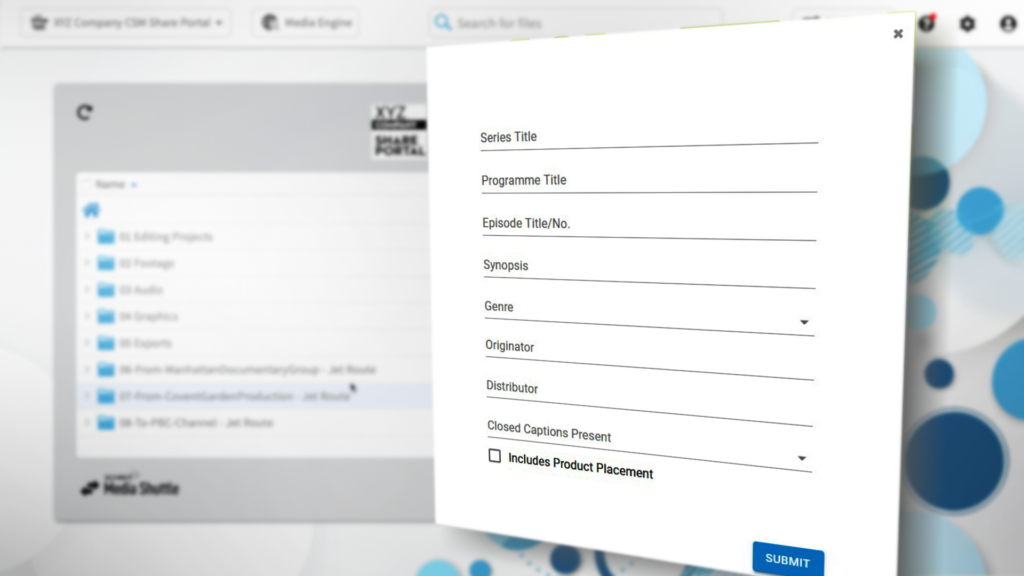Choosing the Best File Transfer Technique for Your Enterprise
Choosing the right file transfer technique is crucial for ensuring your data moves securely, efficiently, and reliably. Whether you’re sharing huge media files, critical enterprise data, or sensitive customer information, selecting the proper method can prevent costly delays and security risks. In this guide, we’ll explore various file transfer techniques to help you find the best solution for your organization’s needs.
Understanding File Transfer Techniques
Effective file transfer solutions are designed to manage data movement across networks securely and efficiently. Several methods are available, each with distinct advantages and limitations. Software-based solutions, for instance, often include advanced features such as automation, encryption, and tracking. These solutions are ideal for enterprises managing high volumes of data. Cloud-based options are gaining popularity for their flexibility, scalability, and minimal hardware investment, making them an excellent choice for remote teams. On-premises solutions, while requiring more internal resources, offer the highest level of control and security, which is essential for regulated industries such as healthcare and finance. For those exploring cloud integration, this cloud migration guide offers valuable insights on optimizing workflows in cloud environments.
The Fastest File Transfer Techniques
If speed is your top priority, certain strategies stand out. UDP-based transfer protocols are often preferred over traditional TCP because they minimize latency, maximizing transfer speeds. Compression techniques also play a key role in improving performance by reducing data volume before transmission. Solutions like Signiant’s cloud-based file transfer solutions use adaptive routing and bandwidth optimization to minimize delays, which can be particularly beneficial for enterprises in media and entertainment handling large file transfers. For organizations seeking performance improvements, implementing these fast file transfer techniques can significantly enhance operational efficiency.
Secure File Transfer Techniques
Security is vital when transferring sensitive or confidential data. Choosing the right secure file transfer solution ensures that information remains protected throughout the process. Most file transfer tools offer basic security, but few meet the stringent requirements needed to protect intellectual property and personally identifiable information. Industry certifications, third-party audits, and minimal vendor access are typically only found in enterprise-grade solutions built for high-stakes data. For detailed insights into secure data transfer standards, this NIST guide on secure data transfer outlines best practices for secure file exchanges.
Key Considerations for Choosing File Transfer Techniques
When selecting a file transfer solution, several factors should guide your decision. Data volume is a major consideration — enterprises handling large media files or extensive data archives should prioritize solutions that offer acceleration technology or compression features. Security requirements also play a crucial role, particularly in industries with strict compliance needs where encryption protocols are essential. For businesses relying on distributed teams, cloud solutions may offer better collaboration and scalability. Exploring options like Signiant’s secure file transfer solutions ensures you strike the right balance between performance and protection. Additionally, Signiant’s History of File Transfer blog offers valuable insights into how file transfer methods have evolved to meet modern security and speed demands.
Troubleshooting and Optimization
File transfer issues are common, but they can be managed effectively with the right techniques. Bandwidth throttling can often impact file transfer speeds, especially during peak periods, but limiting bandwidth usage during high-traffic hours can improve stability. Latency problems are another frequent concern, which can be addressed by leveraging cloud acceleration tools to enhance performance. Additionally, applying file compression techniques before transfer can reduce file size and minimize delays without compromising data integrity. If you’re seeking ways to improve file transfer reliability, Signiant’s blog on FTP alternatives provides actionable solutions for overcoming common file transfer challenges.
Troubleshooting Checklist:
Finding the Right Fit
Choosing the best file transfer technique involves balancing speed, security, and scalability. By evaluating software, cloud-based, and on-premises solutions, you can improve efficiency and safeguard your data. Whether you’re aiming to accelerate large media file transfers, enhance security protocols, or streamline your collaboration process, selecting the right approach is essential. For further insights and to explore Signiant’s secure file transfer solutions, visit their website and find the ideal method for your enterprise needs.


